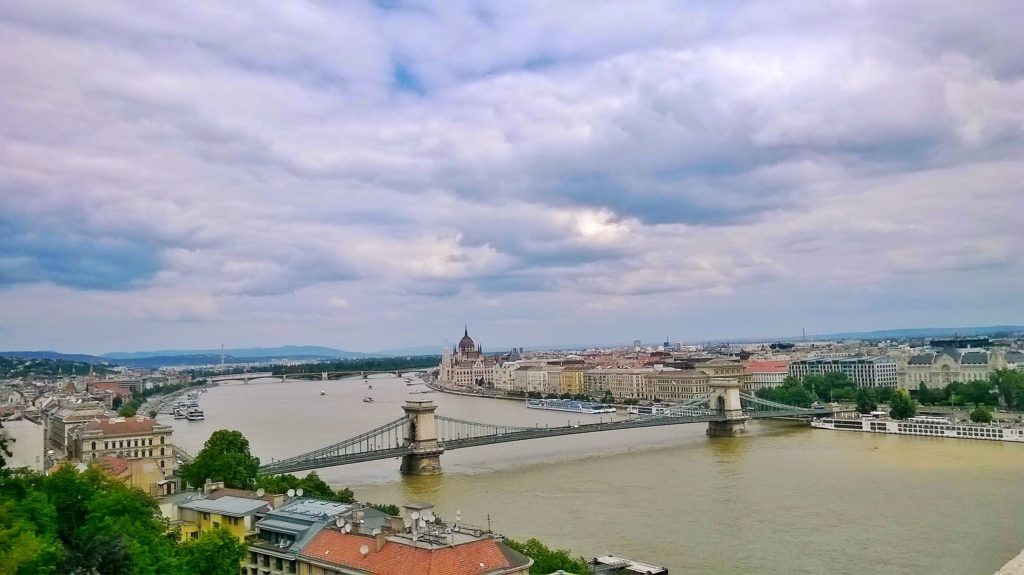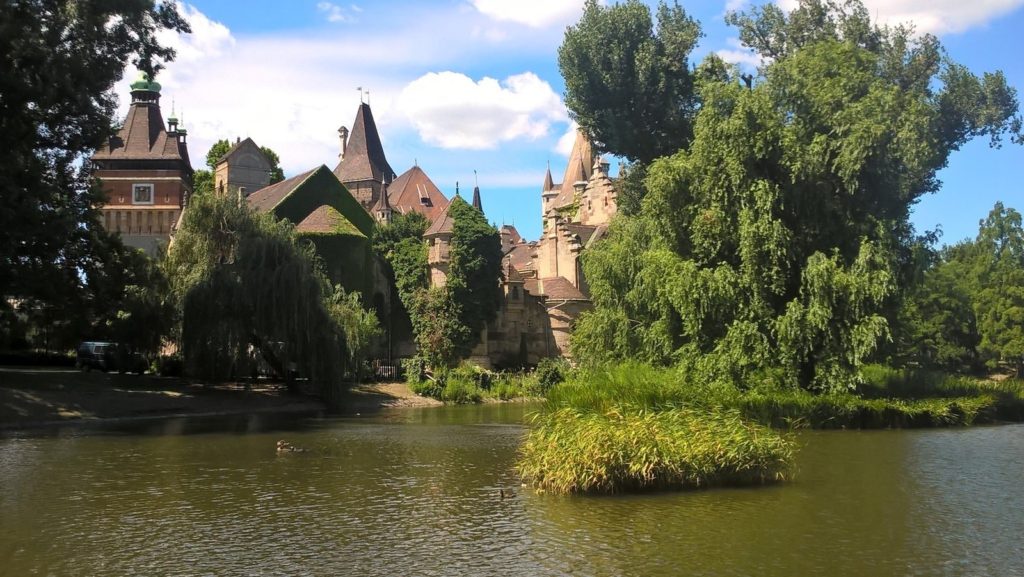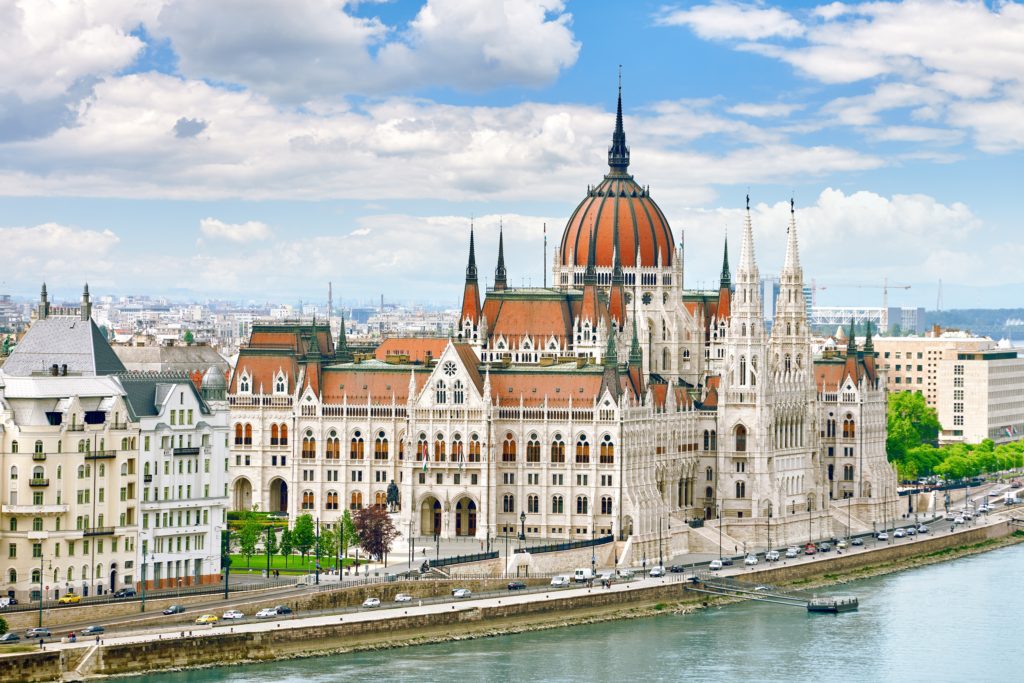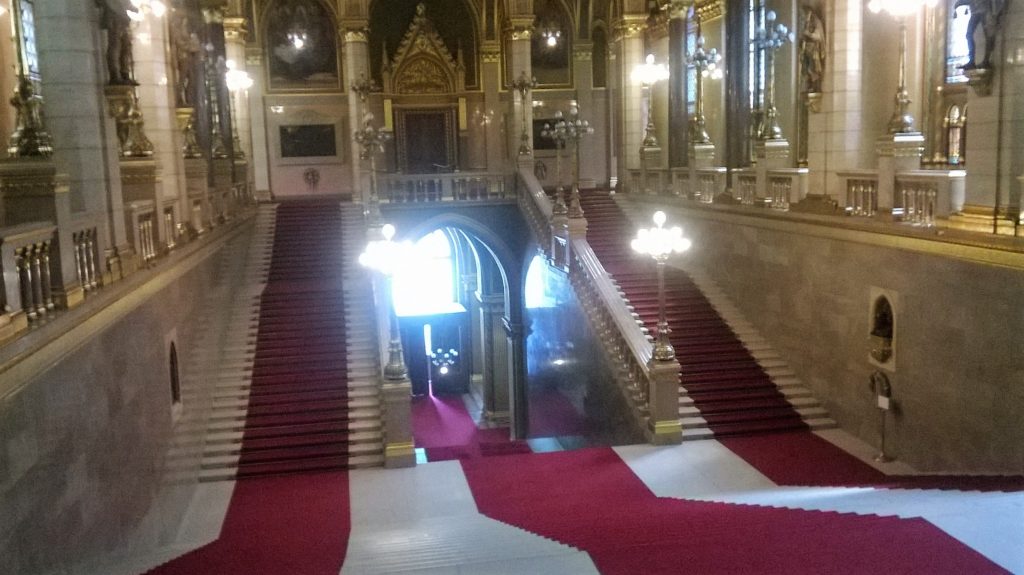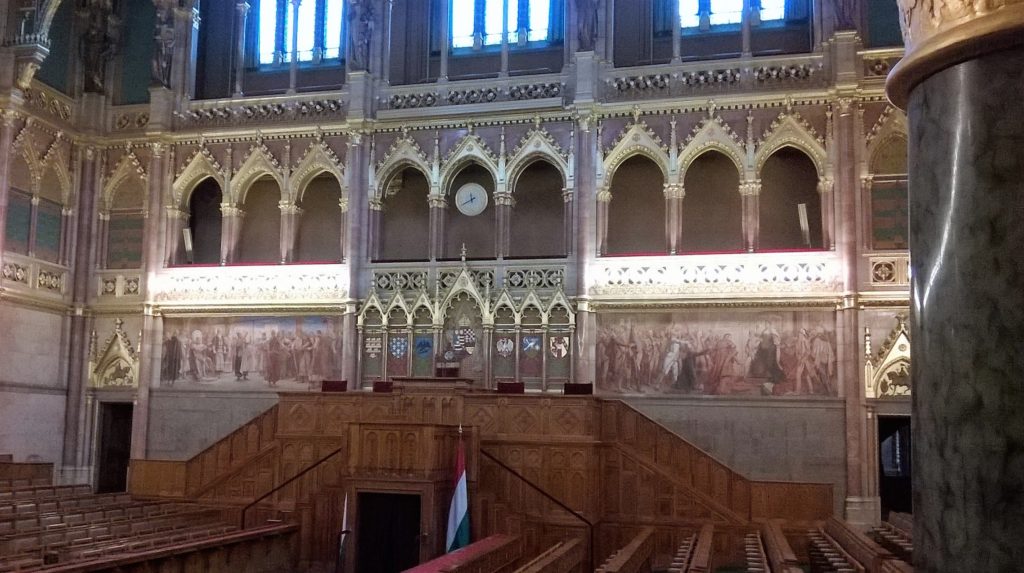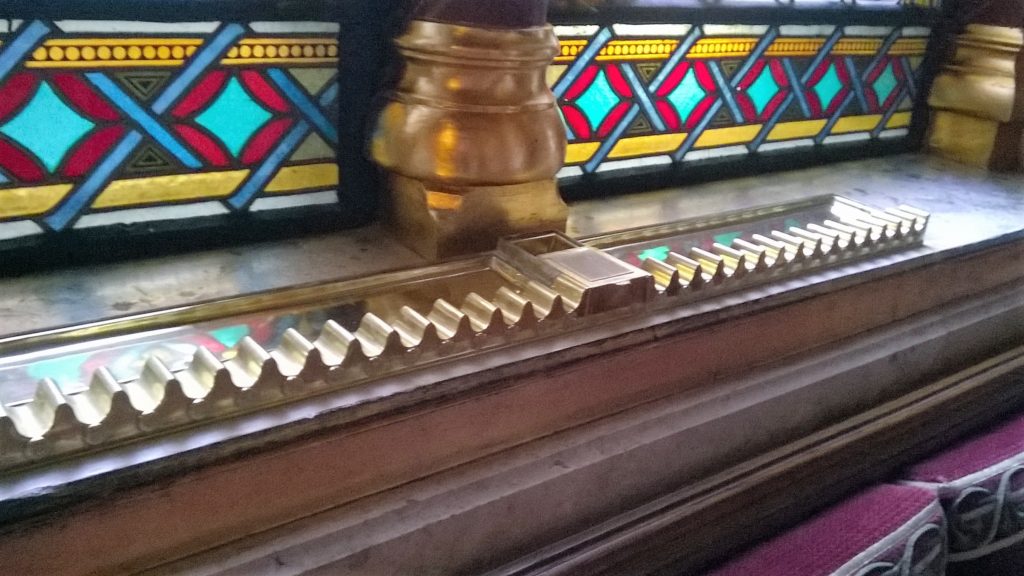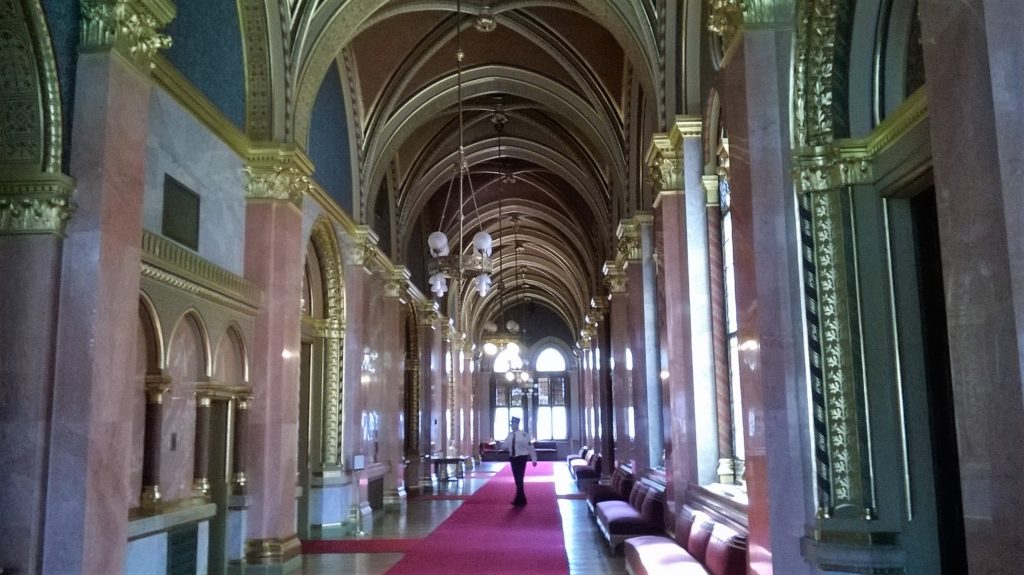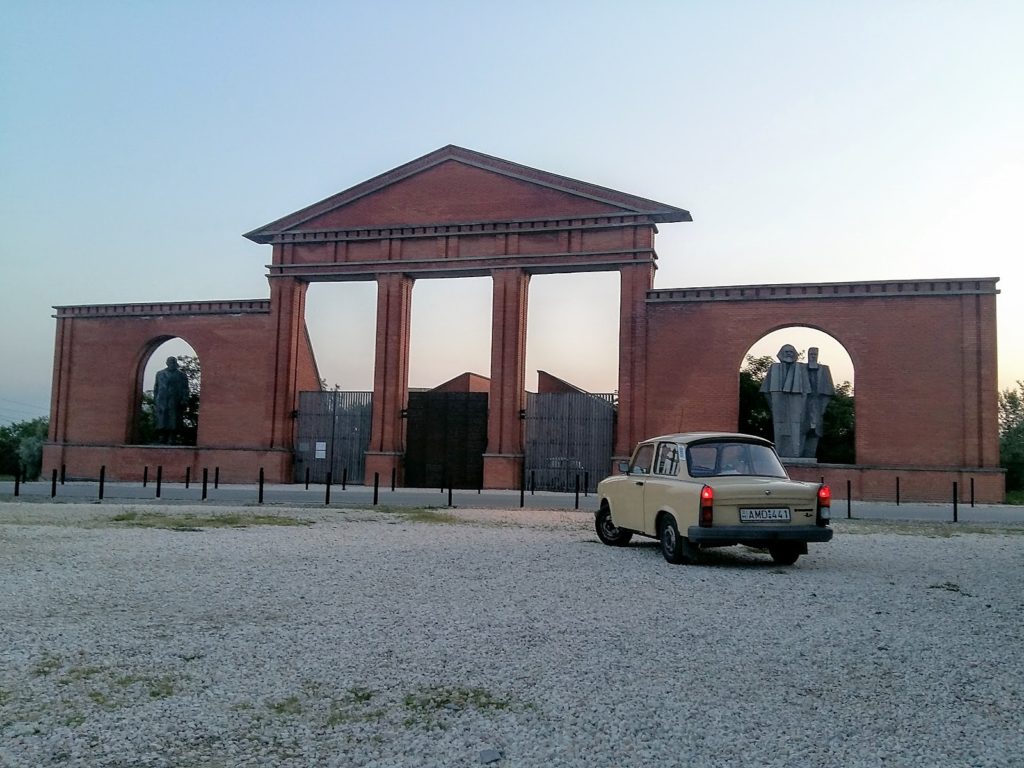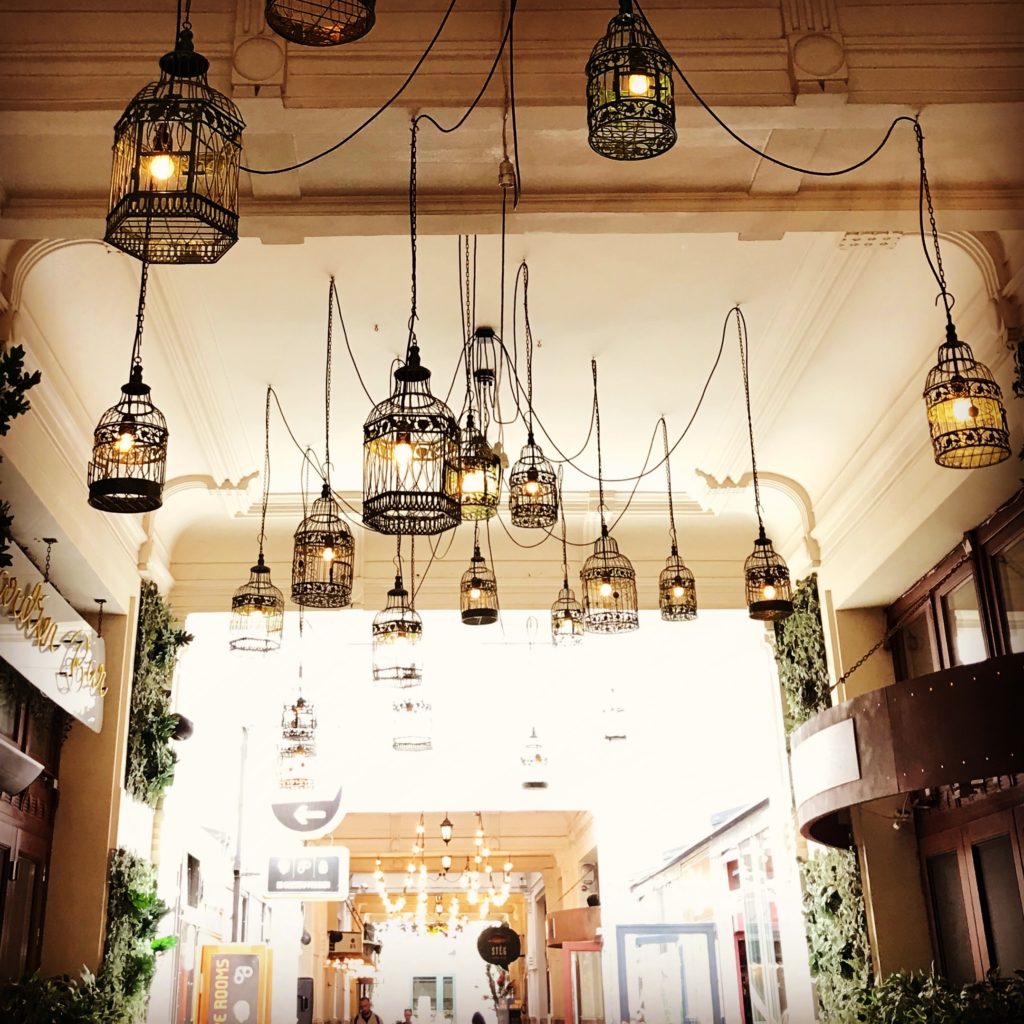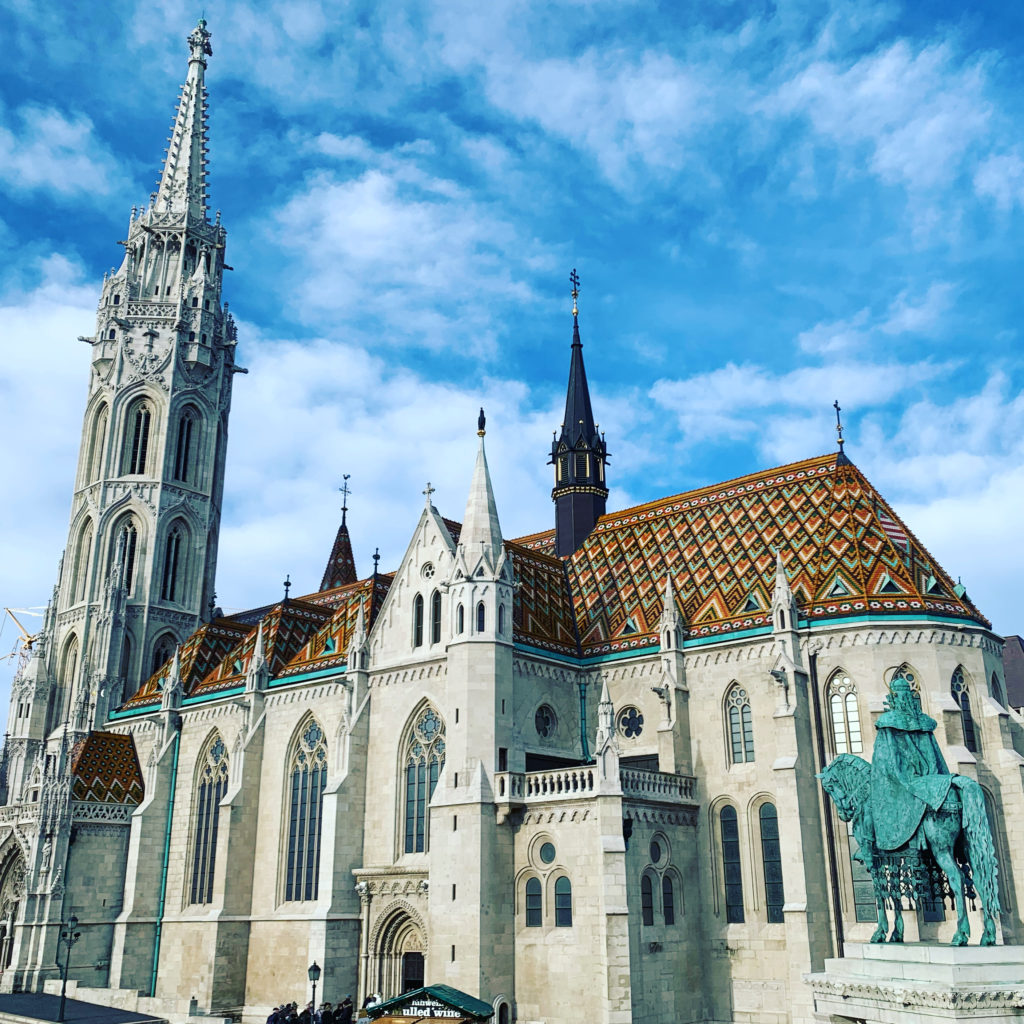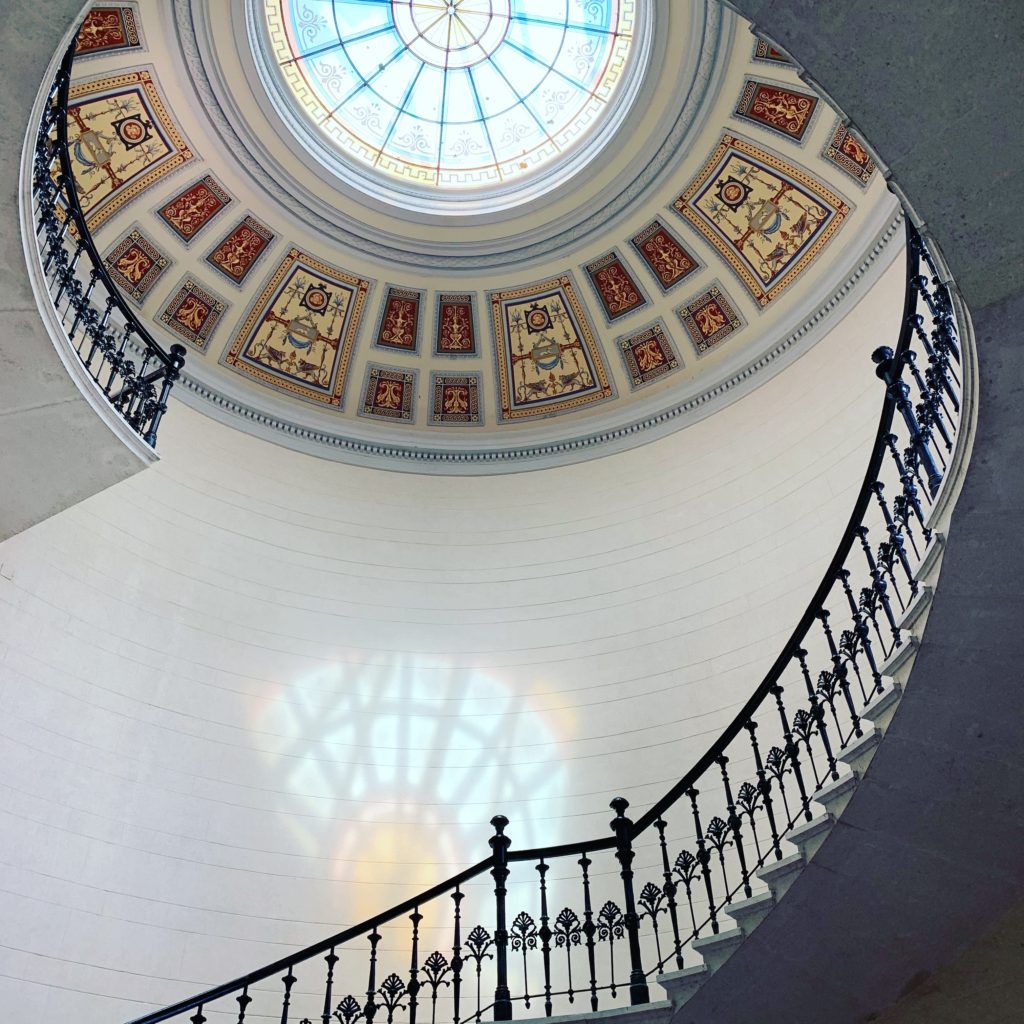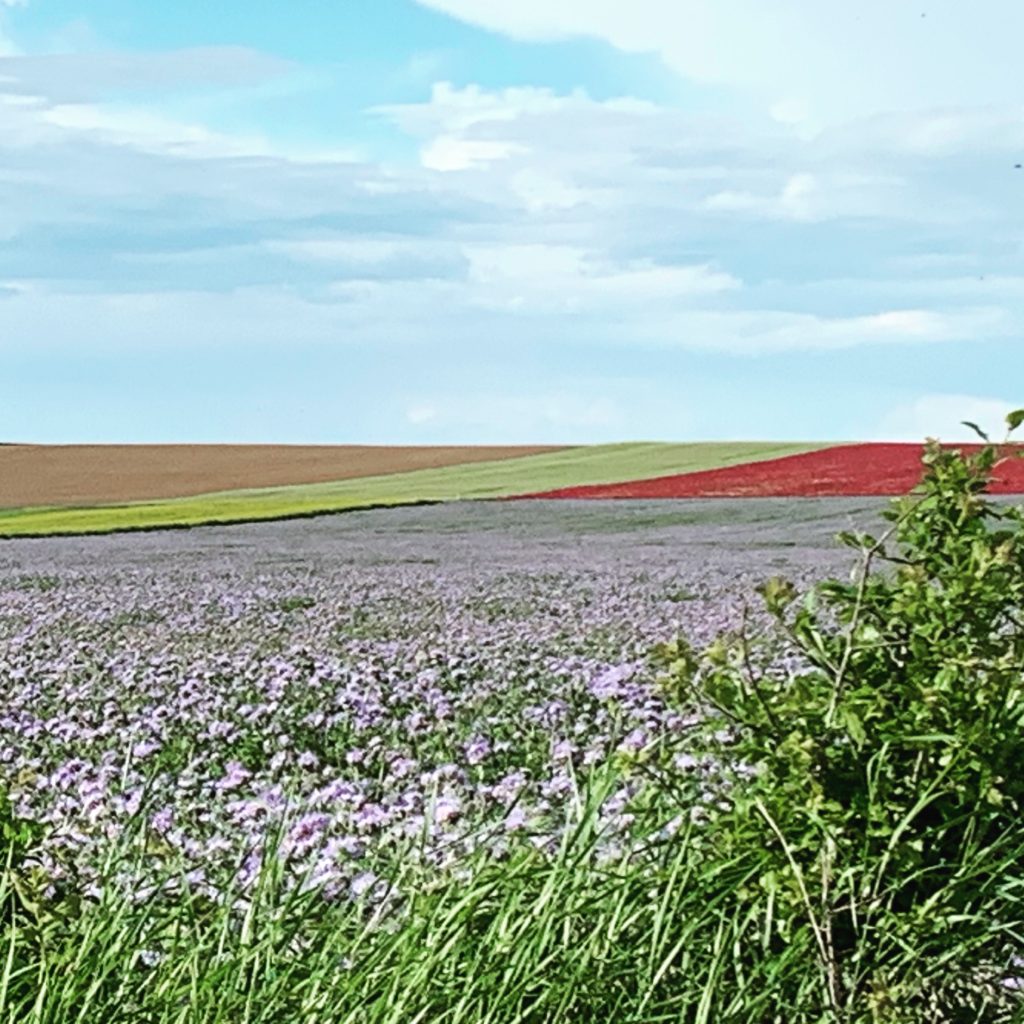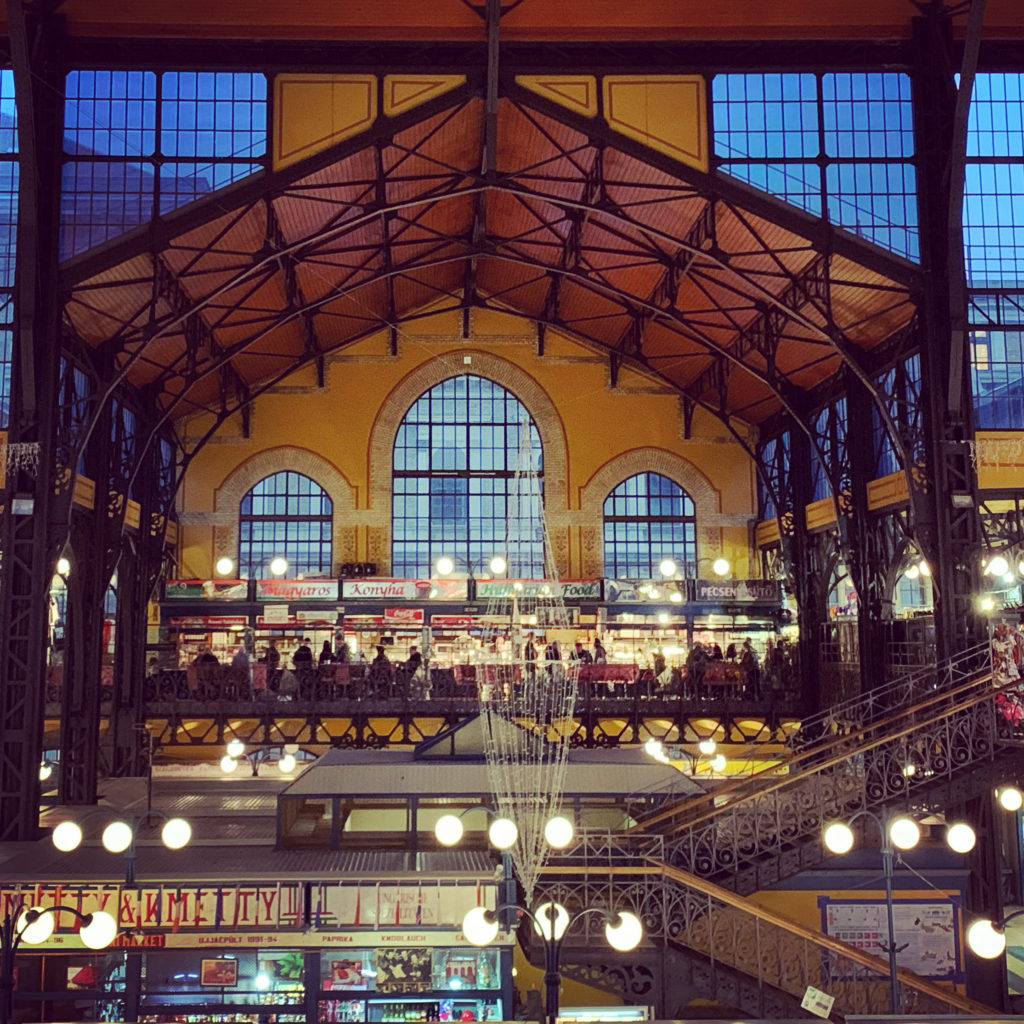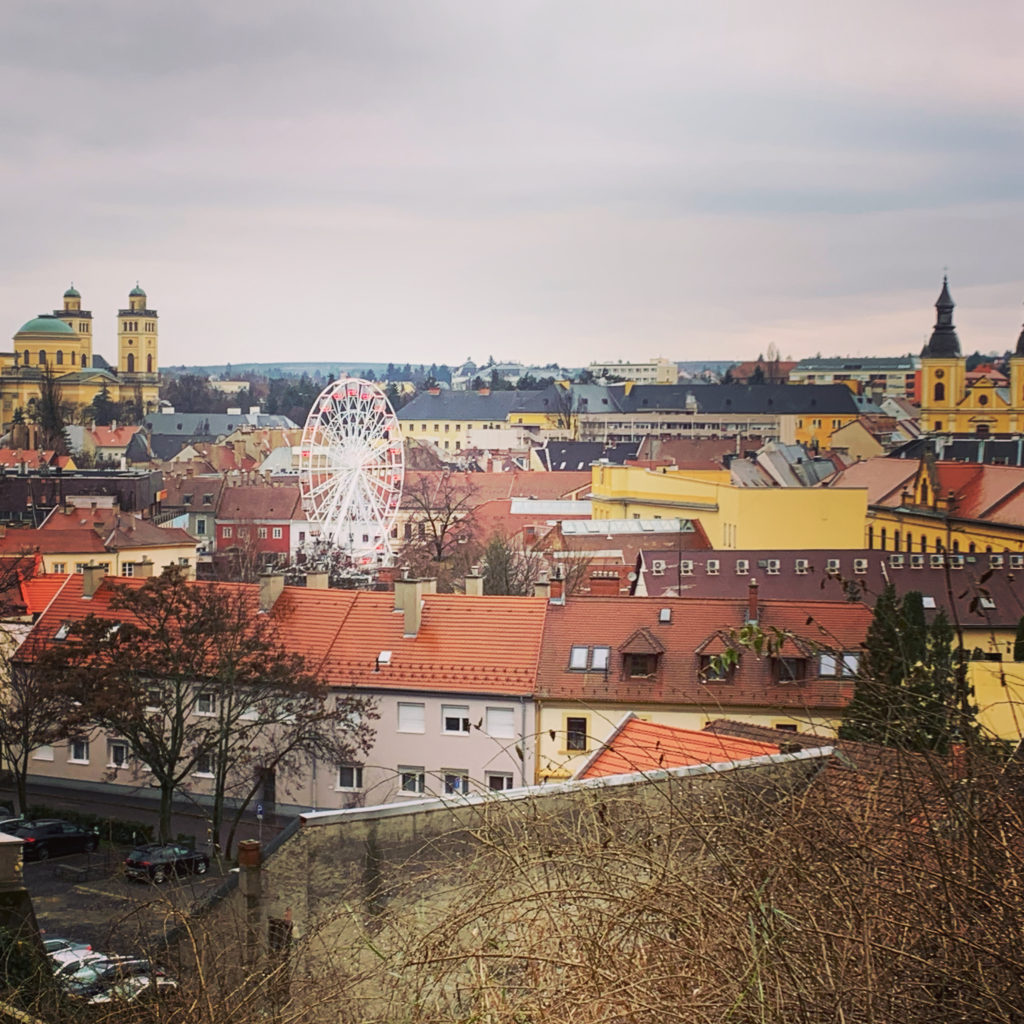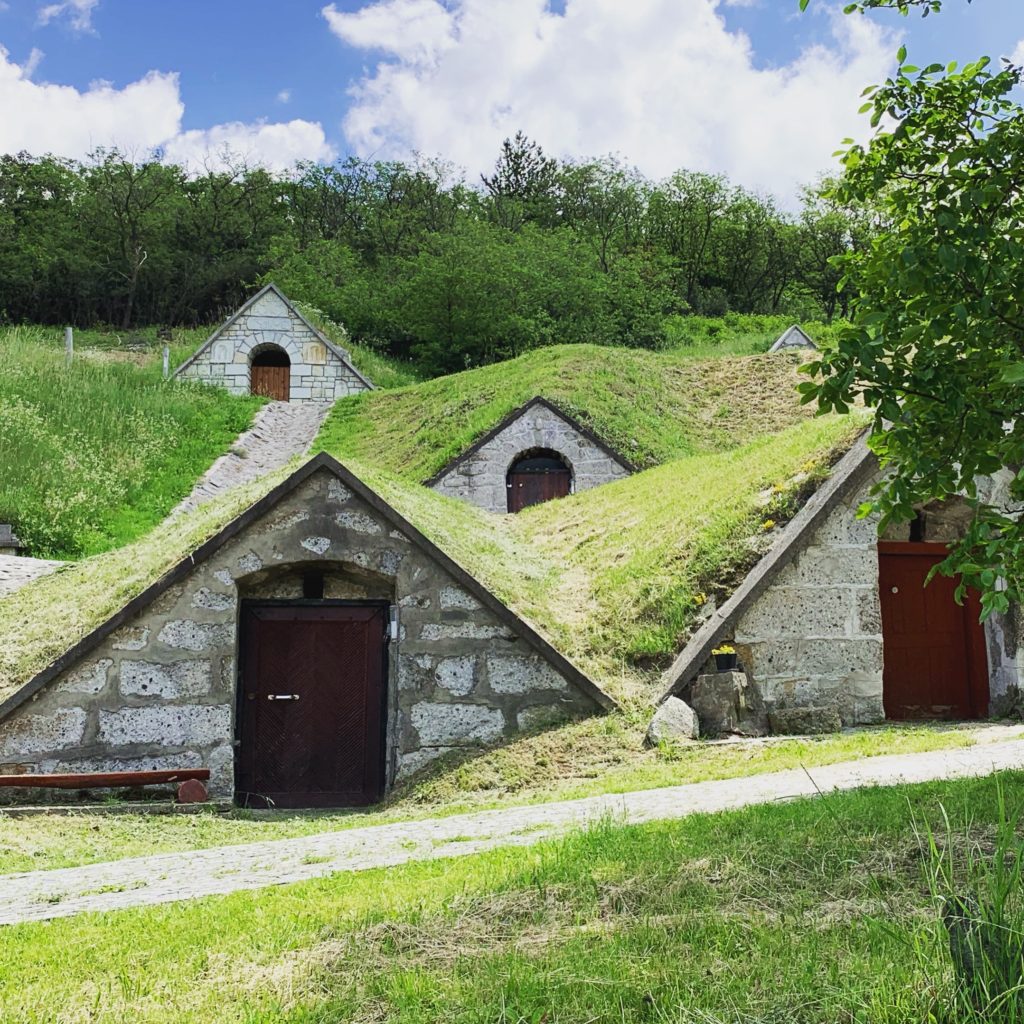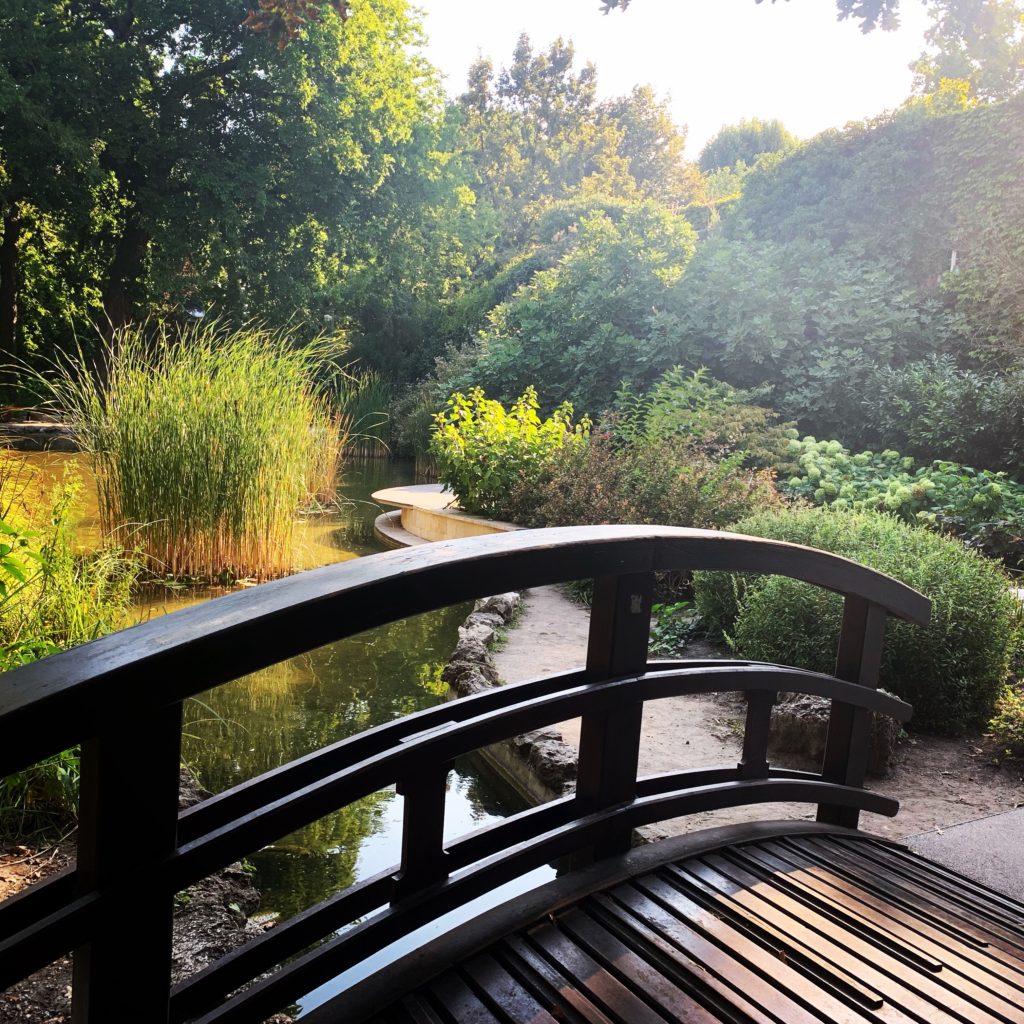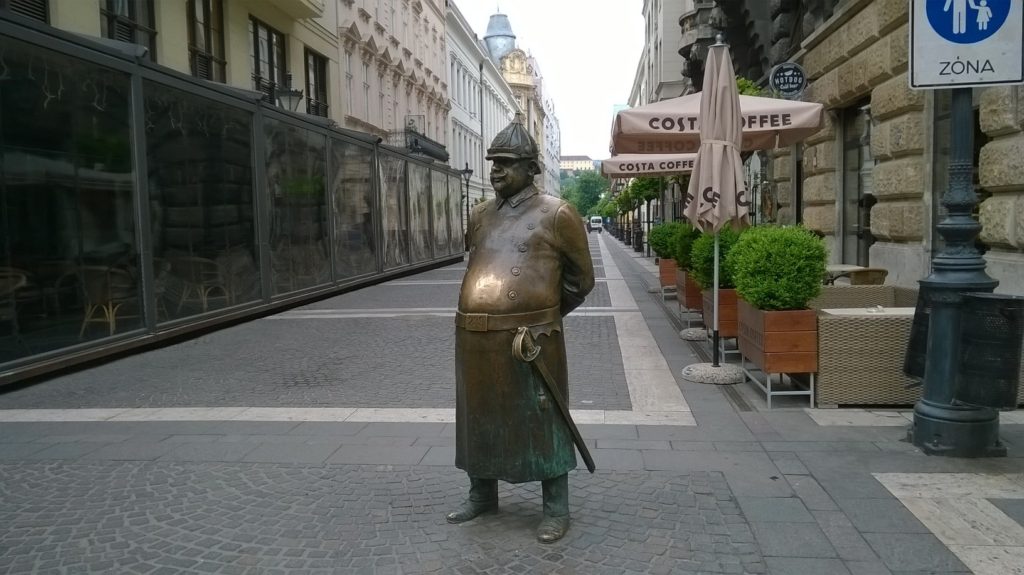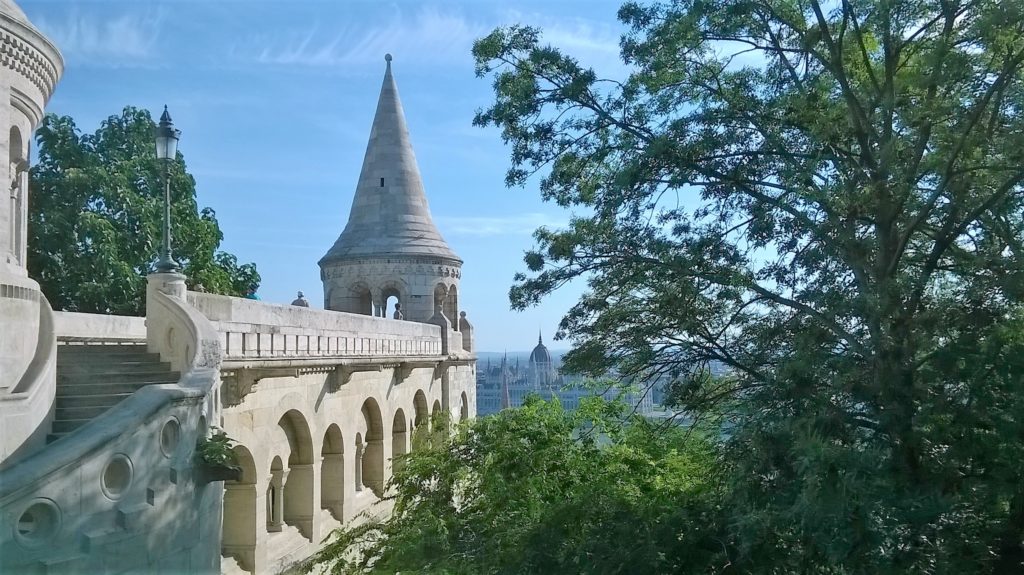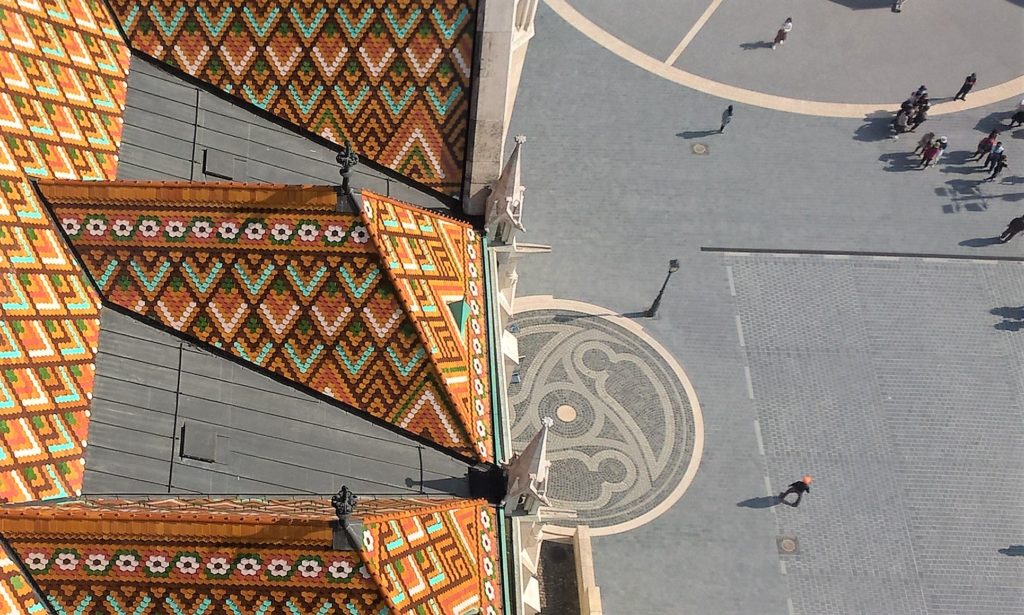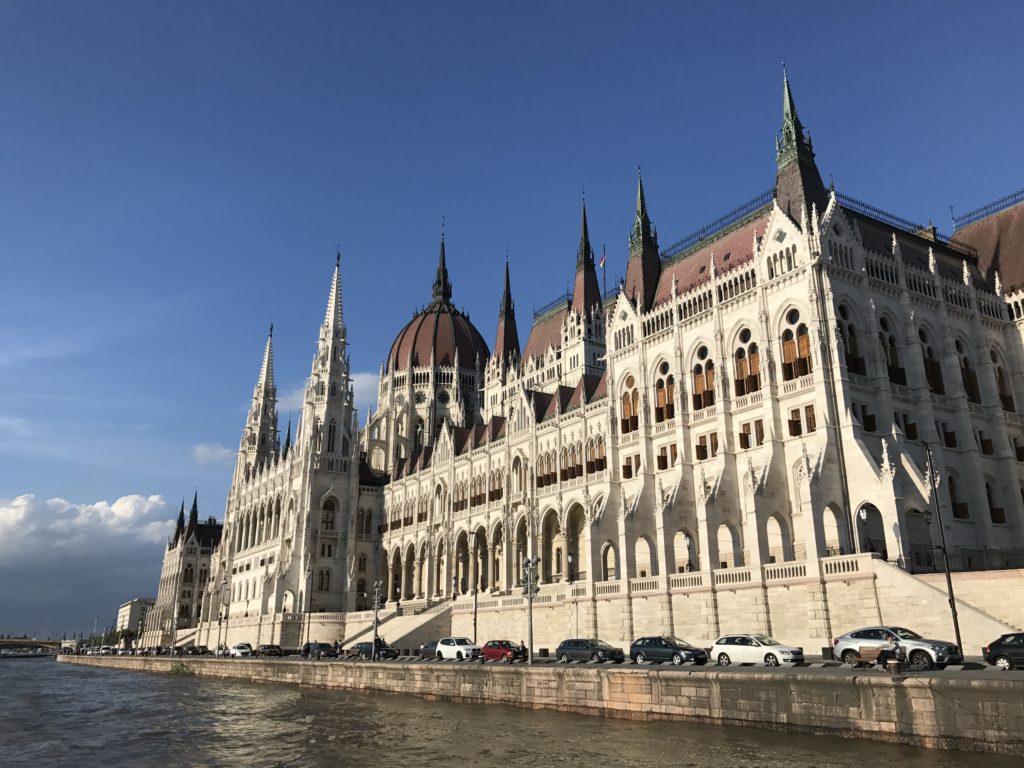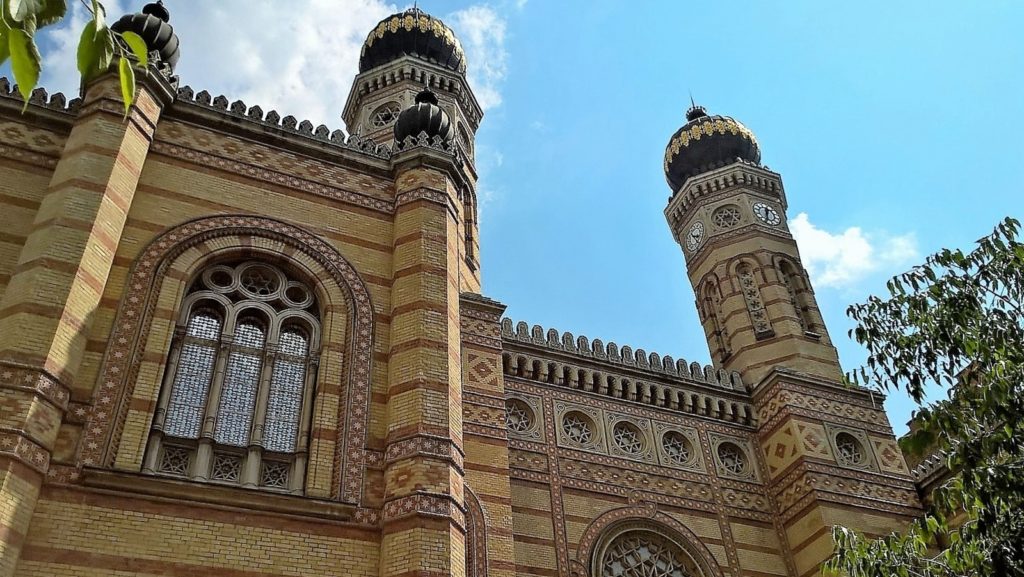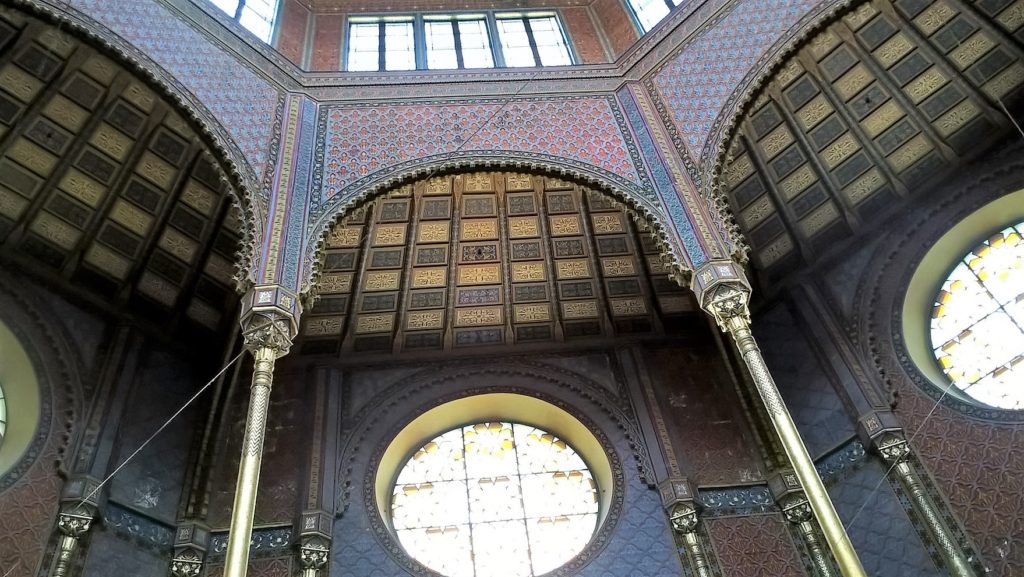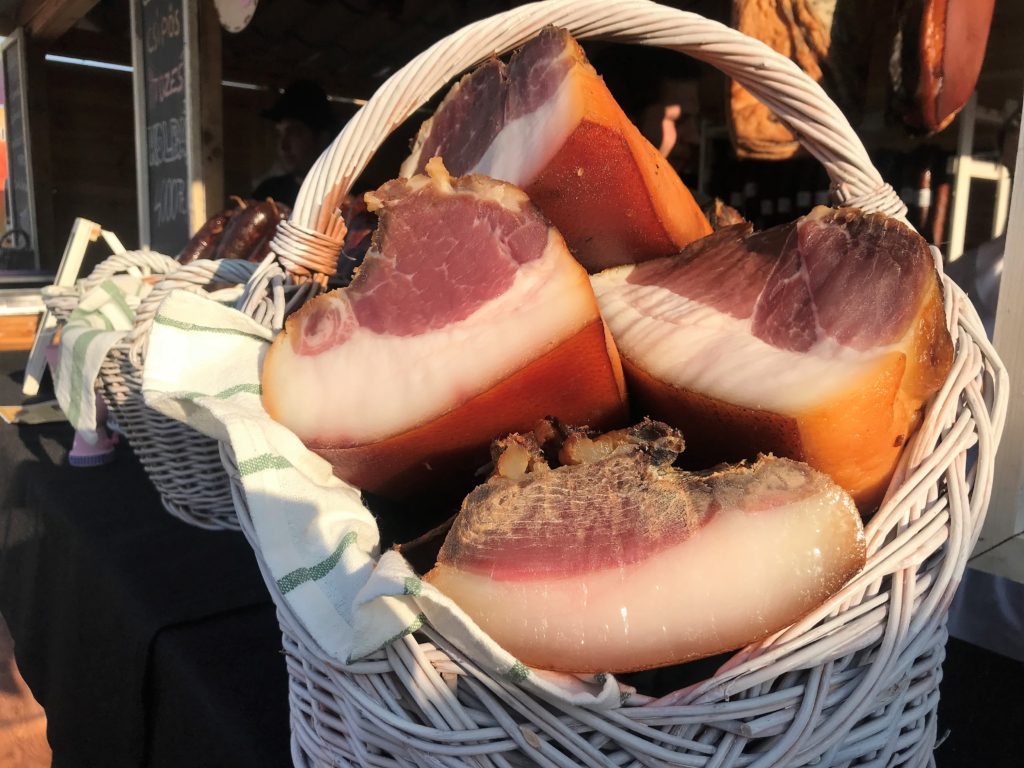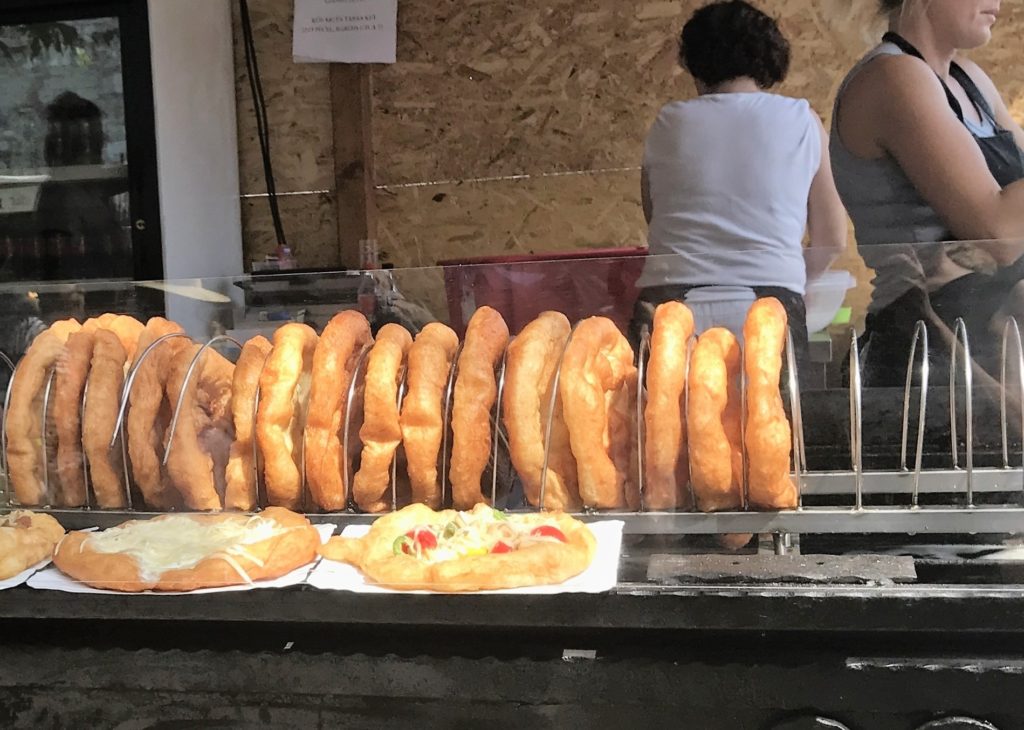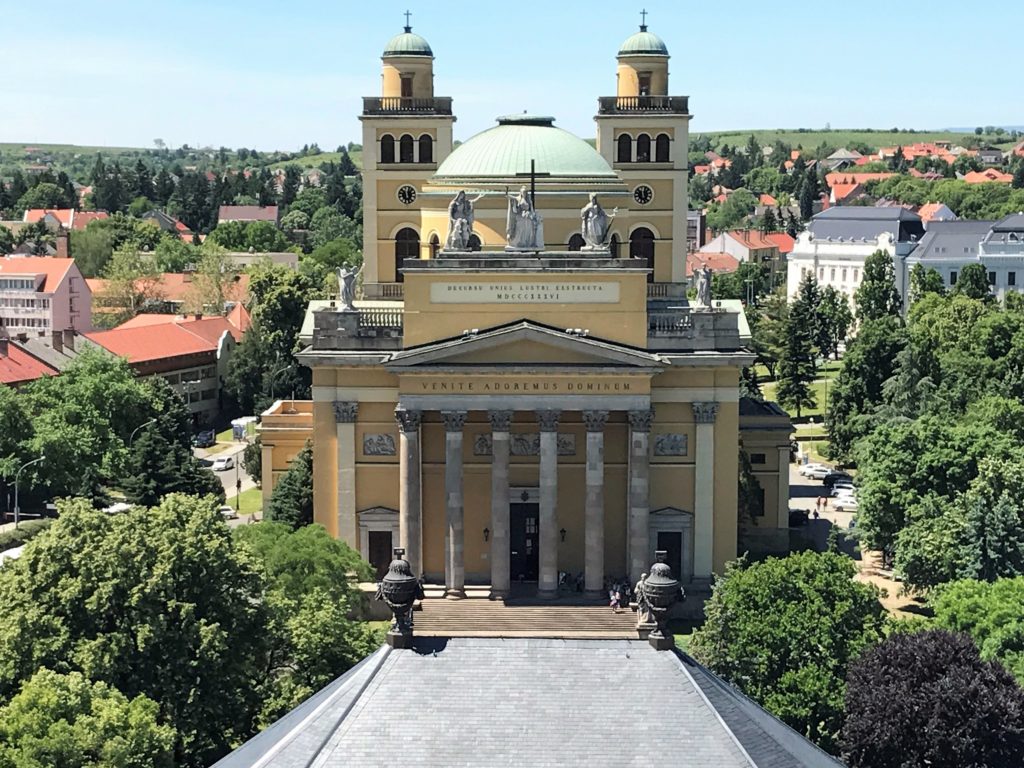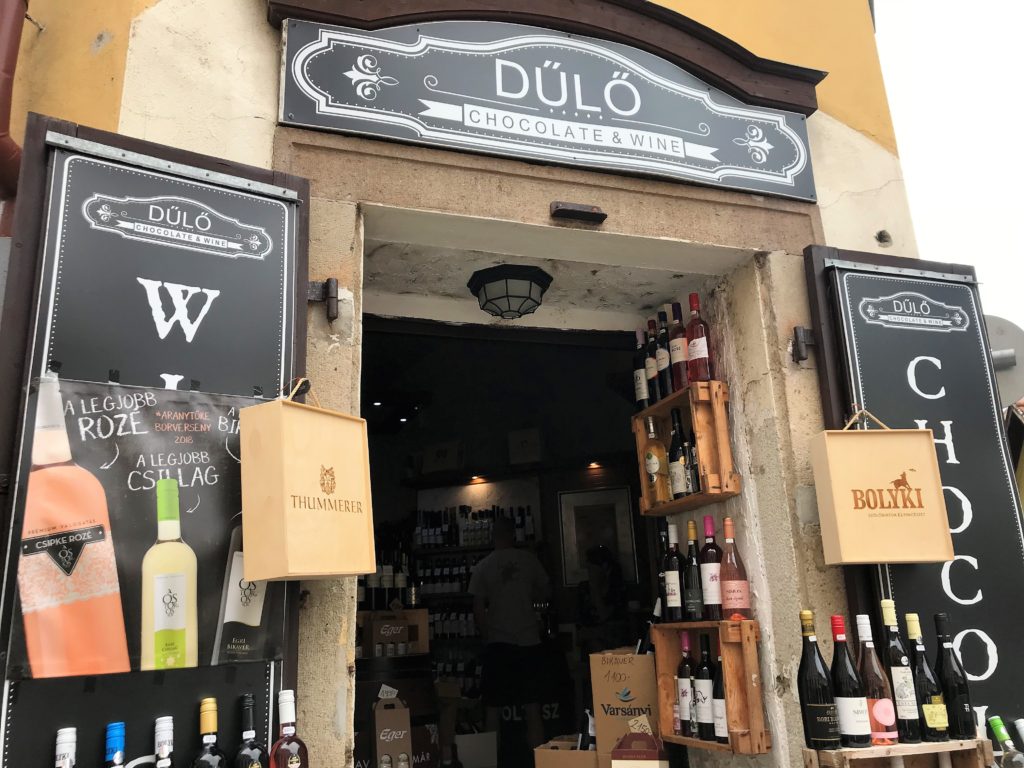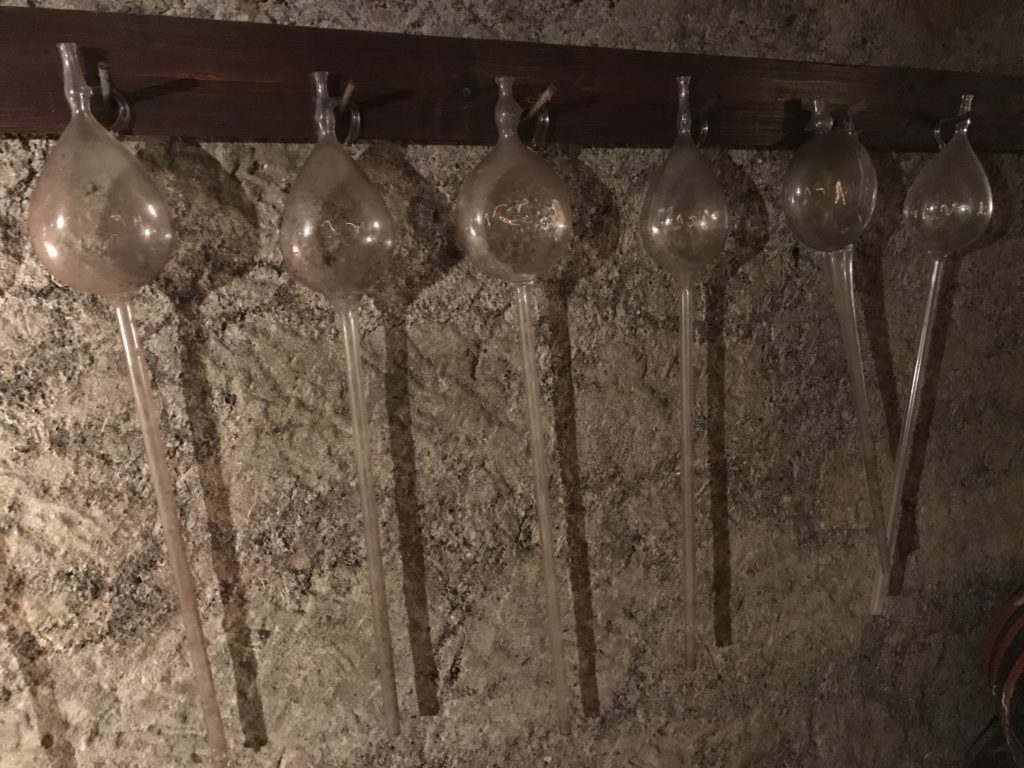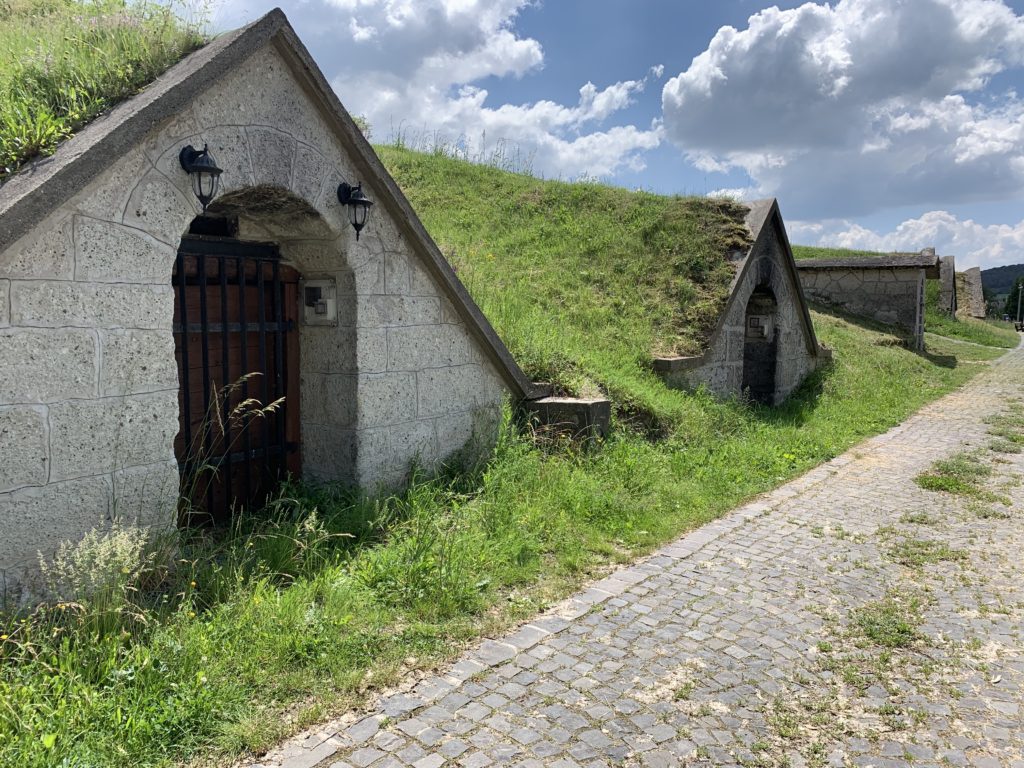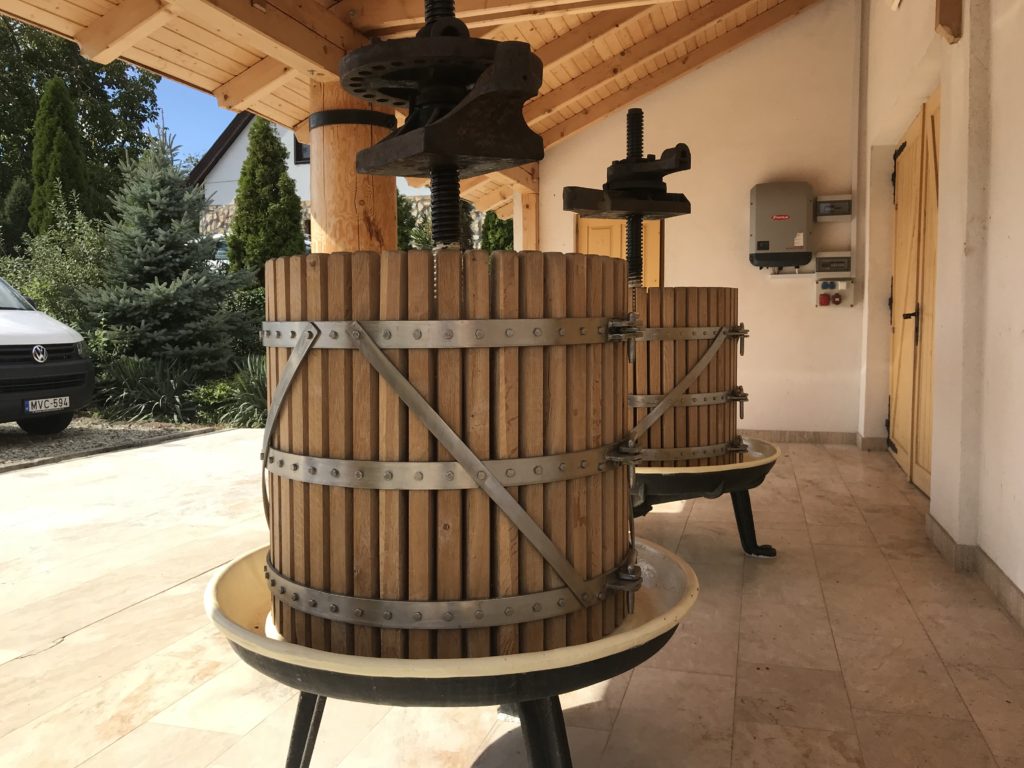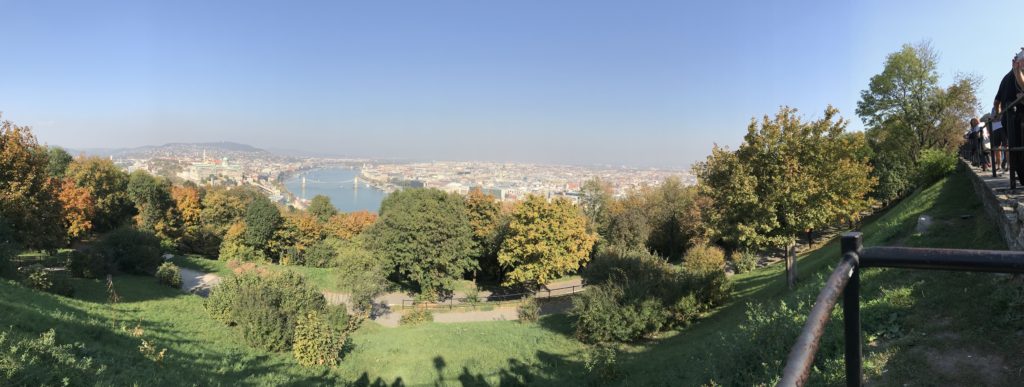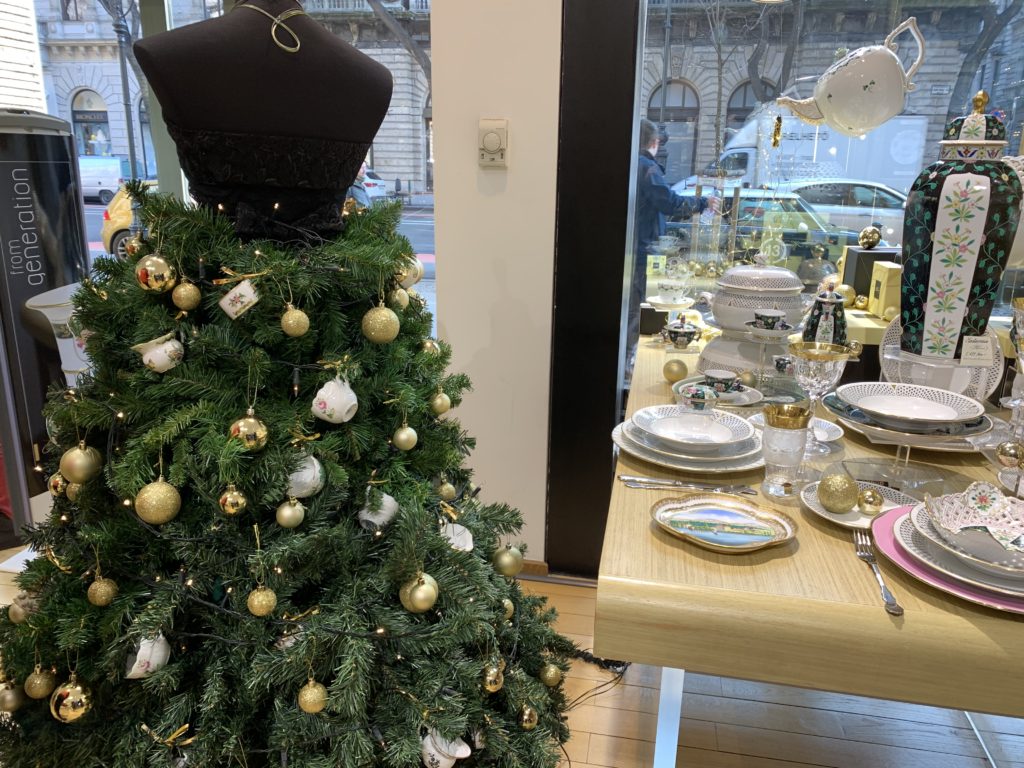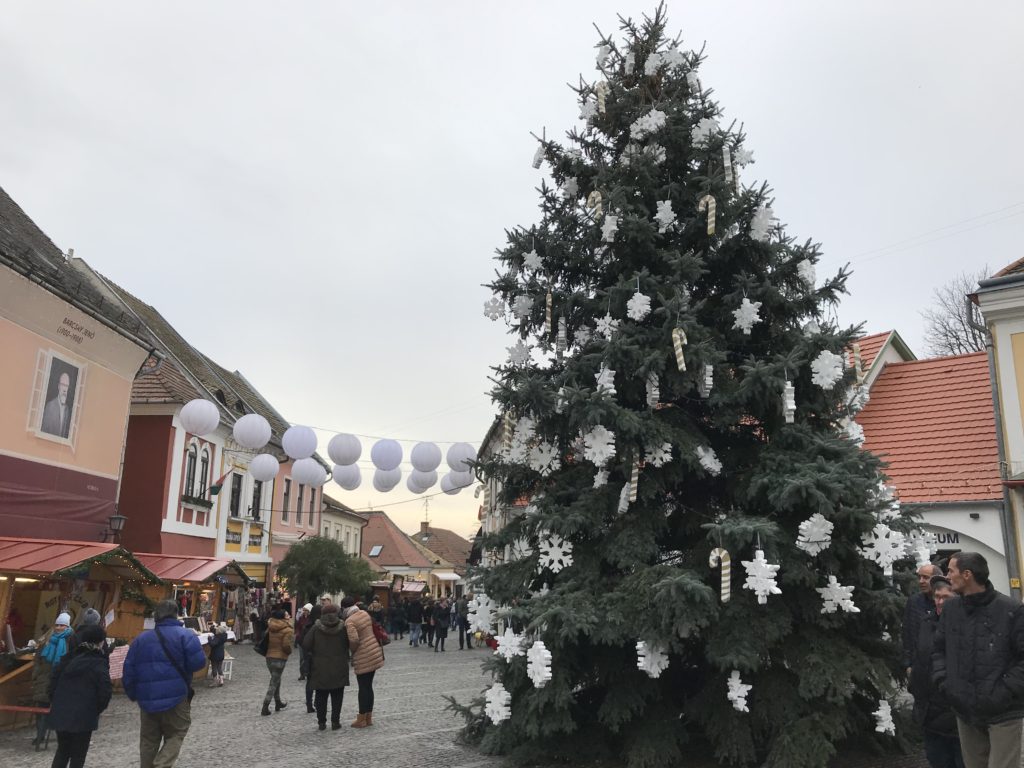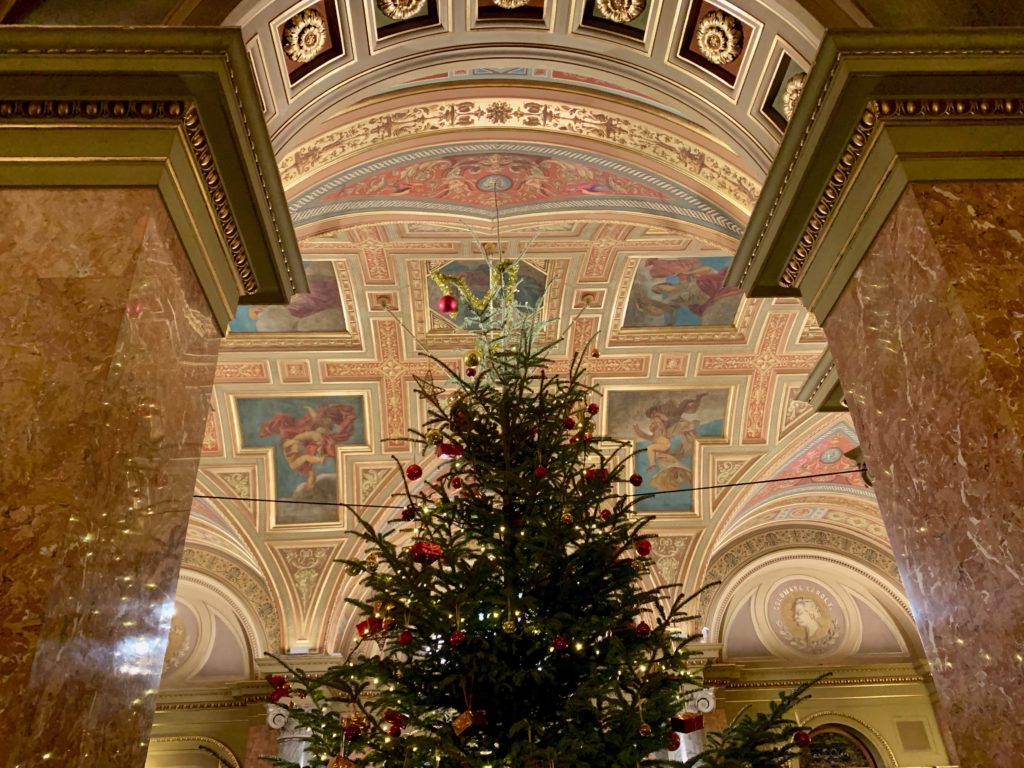I've been very hesitant about publishing this post but I'm getting so many worrying messages and cancellations that I think the time has come to publish what I think and what I, as a private Budapest tour guide can do to reassure you. This post is written on the 9th of March so all the information in it is from today, although things are changing very rapidly. As for now there are 9 cases in Hungary. I'm checking the updates of country specific COVID-19 Information of the US Department of State. According to the updates Hungary is not listed among countries to where travelling is not recommended: https://hu.usembassy.gov/covid-19/ I'm also monitoring WHO's dashboard on the COVID-19 situation in Europe: https://who.maps.arcgis.com/apps/opsdashboard/index.html#/ead3c6475654481ca51c248d52ab9c61 These are the facts. I know that personal sentiments and concerns are different from the facts and that many of you are worried. To be honest, I'm worried, too. Not because of the virus, as I'm sure we'll be over it very soon, now I'm more concerned about my business and the business of my tour guide friends and colleagues in different countries of the world and I'm also worried about my partners, drivers, tour operators and travel agents. We are in trouble and can't even calculate our losses yet. What I can do for you taking into consideration saving my business is that from now on all the tour requests have to go through my website and only tours booked on my website are confirmed. As you know the deposit is only EUR 30, which is probably not a big amount of money in your travel budget but it gives me some reassurance about your travel plans. The deposit is non-refundable if you cancel the tour within 30 days of the actual tour date. If you decide to cancel
I’ve been very hesitant about publishing this post but I’m getting so many worrying messages and cancellations that I think the time has come to publish what I think and what I, as a private Budapest tour guide can do to reassure you. This post is written on the 9th of March so all the information in it is from today, although things are changing very rapidly.
As for now there are 9 cases in Hungary. I’m checking the updates of country specific COVID-19 Information of the US Department of State. According to the updates Hungary is not listed among countries to where travelling is not recommended:
https://hu.usembassy.gov/covid-19/
I’m also monitoring WHO’s dashboard on the COVID-19 situation in Europe:
https://who.maps.arcgis.com/apps/opsdashboard/index.html#/ead3c6475654481ca51c248d52ab9c61
These are the facts. I know that personal sentiments and concerns are different from the facts and that many of you are worried. To be honest, I’m worried, too. Not because of the virus, as I’m sure we’ll be over it very soon, now I’m more concerned about my business and the business of my tour guide friends and colleagues in different countries of the world and I’m also worried about my partners, drivers, tour operators and travel agents. We are in trouble and can’t even calculate our losses yet.
What I can do for you taking into consideration saving my business is that from now on all the tour requests have to go through my website and only tours booked on my website are confirmed. As you know the deposit is only EUR 30, which is probably not a big amount of money in your travel budget but it gives me some reassurance about your travel plans. The deposit is non-refundable if you cancel the tour within 30 days of the actual tour date. If you decide to cancel the tour because you’re concerned about COVID-19 and book a tour with me within the next 12 months, I’ll deduct it from the tour price. Please note that future bookings are subject to my availability!
Again, this policy is only valid until the situation changes, I’ll of course re-evaluate it when necessary. I hope this is acceptable for all my dear travellers and that we’ll have amazing tours together the next couple of months and later in 2020!

